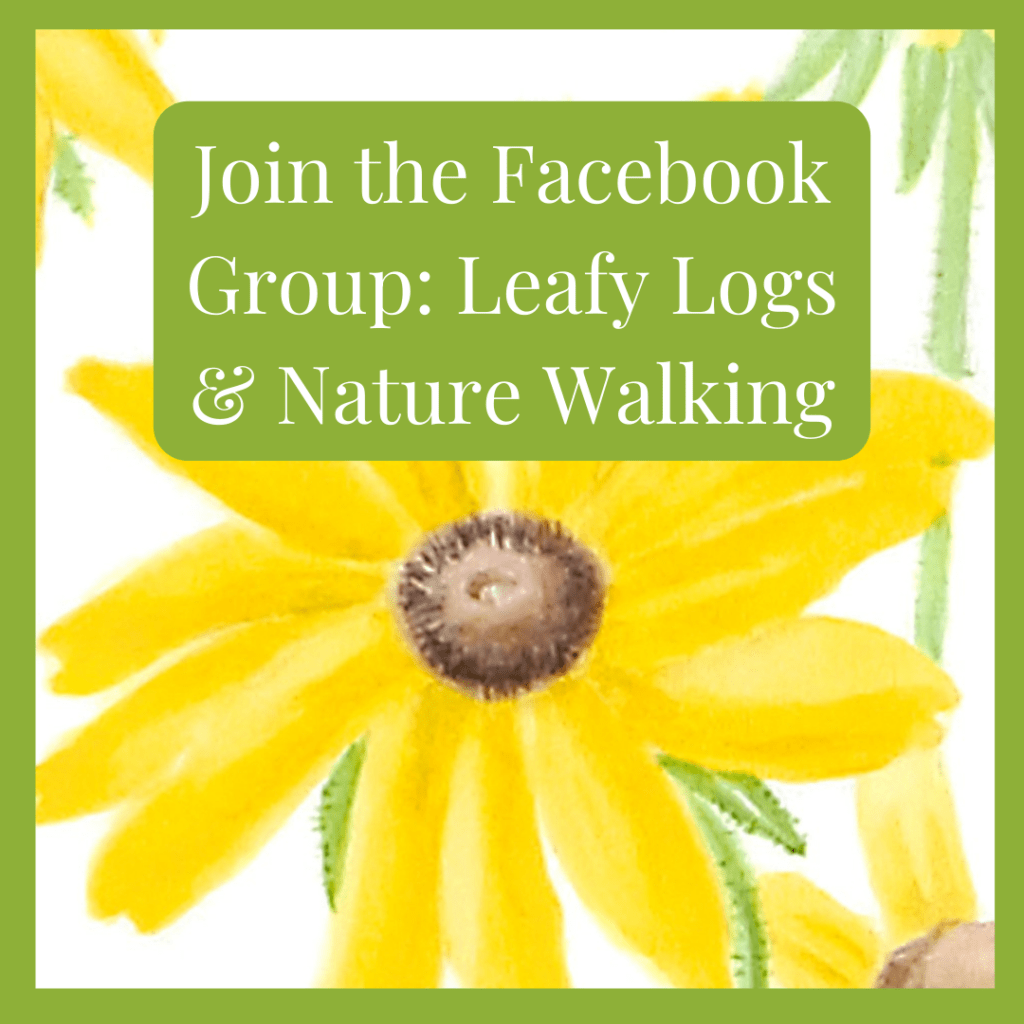As the days get shorter, we need to walk earlier in the day. This is always an inconvenience, if you are working a nine to five schedule. The sun just doesn’t hang around into the late evening.
The remaining birds, or the newly arrived birds that will overwinter here, must take shelter early and stay warm throughout the night. Not a difficult task now, but it will become more difficult as the nights get cooler.
What about the other animals such as frogs and toads that are cold blooded and cannot move when it is cold? Where do they go? Do you see them in ditches along the road or in wet swampy areas off your trail?
Or the butterflies? How do they overwinter during the cold months of winter?
This is preparation time, so all the little animals are preparing for the cold months. They must find protection and enough food to sustain them through the cold season.
On your walk today what do you see that may help some little animal survive the cold months?
Some plants are more helpful than others at providing food. As you walk along do you find any apple trees? Crab apples count as apples, too. People like apples. What other animals might like apples? Look closely at apples on the ground. Are there wasps sucking nourishment from the juicy fruit? What about snails or slugs, those slimy creatures that forage near the ground? Do you see any deer tracks? Any squirrels up in the tree gathering fruit?
Are you walking near conifer trees? Do you hear the loud plunk plunk of pine cones hitting the ground? Squirrels and other animals, such as porcupines, cut off the cones way up at the top of the tree, and then scamper down to harvest them. What part of the pine cone do they eat?

Can you find the juicy seeds in a newly harvested pine cone? A lot of the pine cone is designed to protect the seed, so the seeds are hidden inside. Most of them will be eaten, but some will fall out or survive in a squirrel’s nest and sprout in the spring.
What about acorns? Do you see any oak trees on your walk today? Who cares about acorns? In addition to squirrels, lots of other animals also eat acorns. Blue Jays love them and will move them around, inadvertently planting new trees. Turkeys like to dine on them also. Grouse are fans of acorns, too.
Oak trees are important in the forest because they provide food for many kinds of animals. Only old oak trees about 40 or 50 years old produce acorns. I have two 25 year old burr oak trees in my yard, and look forward to seeing acorns some day.
Acorns won’t fit into your journal, but you could draw some of them. I like to find the caps, too. That is the part that holds the little fruit onto the tree. Different acorns are fun to draw. Their leaves are fun to draw, too. Get out those colored pencils.
What about the bark on the oak tree? Is it rough or smooth? Are there hiding places for beetles, moths and other insects to take cover from the winter cold? Smooth bark on a tree does not offer very many hiding places. Rough bark creates places to protect little insect animals. What other trees do you see on your walk? Do other trees have fruits? What about bushes? Or flowers? Is their bark smooth or rough? Could a moth cocoon hide in their bark? Make some notes about what you see.
Many seeds are created at the end of the summer, producing nourishing food for animals. Animals help disperse the seeds as they collect them for food. These will all make interesting drawings or pictures in your Leafy Log.


